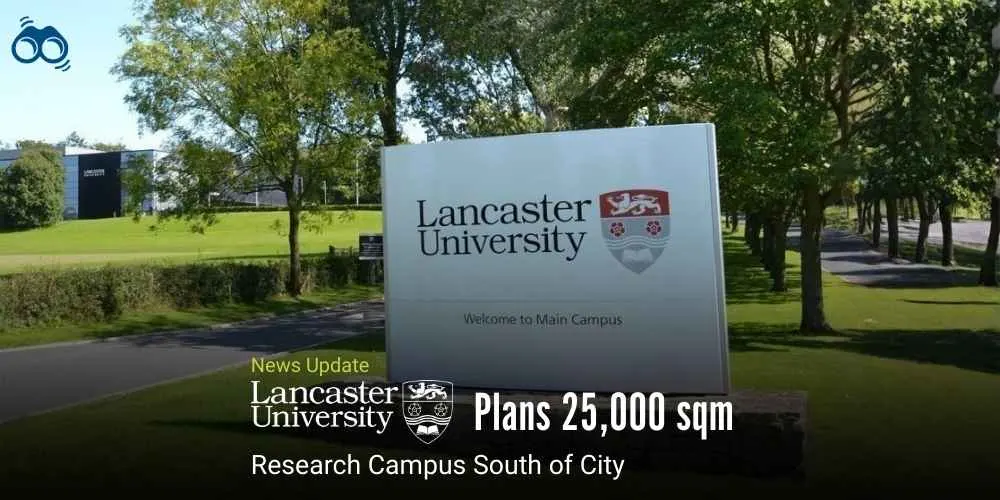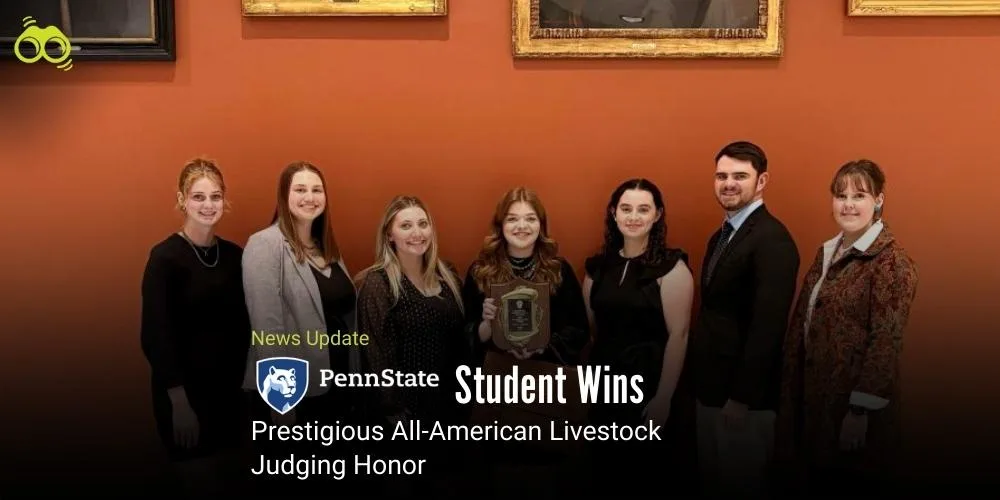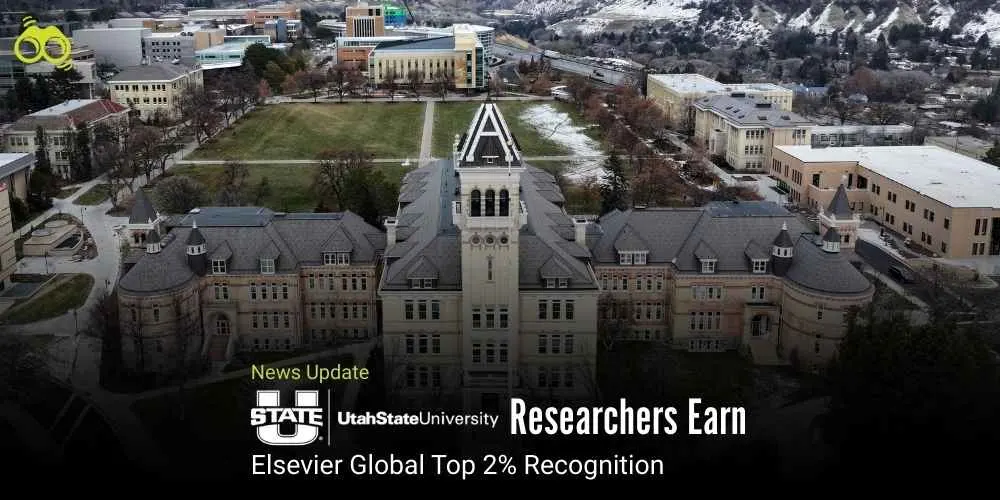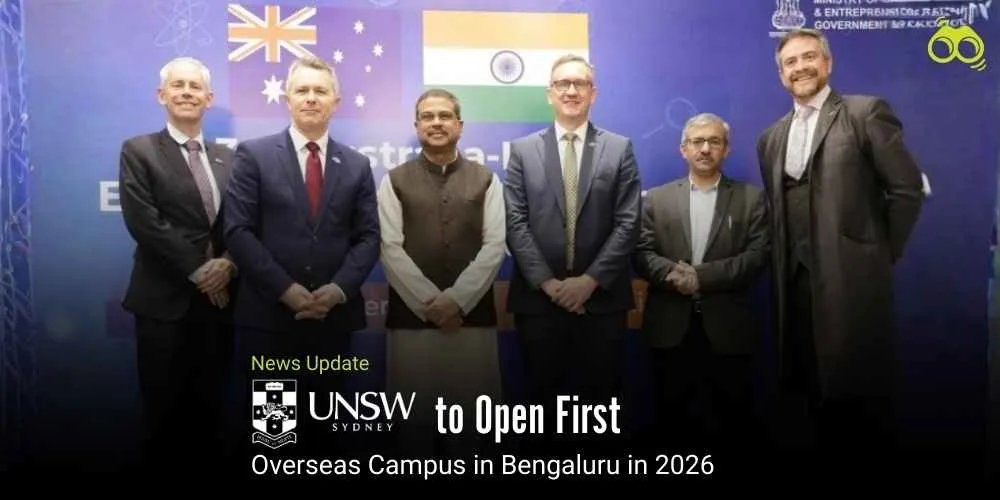Digital Mining: Australia Takes the Lead with University-Industry R&D Partnerships
Mining and Academia Unite: How University-Industry Collaboration is Shaping the Future of Australia's Mining Sector
Digitalisation is increasingly recognised as a key element in Australia's mining industry, impacting both upstream and downstream operations. GlobalData's report on mine-site technology surveys highlights the growing role of digitalisation, examining investments in technologies like mine management software, predictive maintenance, drones, autonomous vehicles, and more. The report compares investment trends by technology, region, country, and miner type, offering insights from the latest survey (December 2021 to February 2022) alongside previous surveys.
Mining companies are increasingly turning to university-led research to drive digital innovation, from AI to 3D modelling, as an alternative to in-house R&D. This collaboration provides access to expertise, specialized facilities, and market opportunities, benefiting both companies and the broader sector. The Minerals Council of Australia recognizes universities and miners as key drivers of technological change. Academic institutions support Australia's mining industry by advancing digitalisation research, helping the country remain competitive in the global critical minerals race.
Professor Mohsen Yahyaei from the University of Queensland highlighted Australia's leadership in mining digitalisation, particularly in automation, AI, and data-driven decision-making. Australian mining giants like Rio Tinto are leading the charge, with its AutoHaul system, the world’s largest autonomous rail network. A GlobalData report shows Australia leads with 927 autonomous trucks, ahead of China (562) and Canada (289). Rio Tinto also uses AI to analyze various data types, with CIO Dan Evans emphasizing its crucial role in gaining a competitive edge.
Digital twins are gaining traction as a key tool in addressing raw materials challenges, with Newcrest using them to digitally replicate its Cadia mine. BHP, the world’s largest mining company, invested A$30.8 million in digital technologies like AI, IoT, and automation in fiscal year 2024, emphasizing digital technology as a critical factor in its operations. BHP’s digitalisation strategy highlights the significant investment required. CSIRO notes that while major mining companies value R&D, smaller firms struggle with access due to cost. The Australian Industry Group reports a 78% drop in mining sector R&D investment from 2012 to 2022, impacting Australia’s knowledge economy. Widespread adoption of digital technologies also depends on infrastructure and skilled staff, posing challenges for smaller operators.
University-industry collaboration is crucial for overcoming challenges and addressing the decline in R&D investment. Professor Yahyaei emphasized the mutual benefits of this partnership, with academic institutions providing advanced research, modelling techniques, and fresh perspectives while the mining industry offers real-world challenges, operational data, and scalability opportunities. According to the World Intellectual Property Organisation’s Global Innovation Index, Australia ranked 23rd in 2024, highlighting the strength of its universities. The mining industry has leveraged this expertise, developing 65 R&D programs with Australian universities to advance digital tools.
A key initiative is the Trailblazer Universities Programme, with the federal government committing A$370.3 million to enhance research capabilities, commercialisation, and partnerships. The University of Queensland plays a significant role, hosting the Julius Kruttschnitt Mineral Research Centre (JKMRC) and the Sustainable Mining Institute, established in 2001 with over 20 mining companies. Professor Yahyaei, director of the JKMRC, works closely with the industry through the Future Autonomous Systems and Technologies (FAST) program. Yahyaei highlighted the Mill Filling Inference Tool, a soft sensor for semi-autogenous grinding mills, funded by MMG Australia. This tool helps miners operate mills at higher capacity, reduce manual measurements, and predict wear and slurry pooling, ultimately preventing unplanned shutdowns.
Other digital mining solutions developed under the FAST program include a 3D model for stockpiles and process control performance benchmarking tools to improve automation in mineral processing. Yahyaei emphasized that these innovations transform theoretical concepts into practical solutions for mineral processing challenges. Curtin University, a key member of the Trailblazer program, is a major player in digital mining R&D. The university has established several significant mining partnerships, including the BHP Curtin Alliance, which has set up cooperative research centres (CRCs). These CRCs have advanced data science tools for site maintenance, battery minerals technology, an integrated extraction simulator, and the RoXplorer coiled tubing drill rig. RoXplorer, developed with industry participants like Anglo American, BHP, Epiroc, South32, Wassara, Curtin, CSIRO, South Australia University, and the Minerals Research Institute of Australia, was enhanced with virtual reality and digital twin technology for on-site simulation.
Ivor Bryan, CTO of Draslovka Mining Process Solutions, highlighted the benefits of collaborating with universities, emphasizing the importance of these partnerships for early-stage development. He noted the focus on scientific quality and commercial guidance, with the resulting technology now being taken to global markets. Draslovka has a $3 million research partnership with Curtin University under the Trailblazer program. The university-industry ecosystem in Australia has also led to the creation of mining start-ups aimed at bringing promising R&D solutions to the market. A notable example is ElectraLith, a spinout from Monash University supported by Rio Tinto. Shaun Oosthuizen, the company's CTO, explained that venture capital, along with academic and industry backing, significantly enhanced their ability to innovate and expand. He emphasized that blending academic innovation with mining companies' needs increases the likelihood of successfully commercialising industry-changing technologies.
However, once a digital solution is developed, commercialisation and adoption by mining companies and the workforce remain challenges. Despite digitalisation’s growing pace, Australian miners have been slow to adopt new technologies. Mineral Economics reports a 13-year lag between technology release and adoption in coal operations, raising concerns, especially as coal is a major Australian mining commodity. Rohan McDougall, director of intellectual property commercialisation at Curtin University, explained that the university has established companies to support digitalisation in mining based on research outcomes. He highlighted Scanalyse, a successful business launched by Curtin, which provides laser scanning and mapping technology capable of collecting ten million spatial data points in under five minutes to monitor site equipment. McDougall mentioned that prominent Australian mining companies, including BHP, Barrick, and Rio Tinto, are among Scanalyse's clients.
In 2024, the A$18.6 million Curtin Venture Studio was launched to provide researchers with access to capital, partners, mentors, infrastructure, and equipment to fast-track innovation. As digital mining solutions grow, Bryan identified upskilling as a key challenge, noting that traditional miners now require a different set of skills than they did 10-15 years ago. Industry can benefit from collaborating with universities, which fulfil their primary role of education. Queensland University’s FAST programme offers training for engineers and operators in process automation, while Curtin University provides a course on the applications of digital technology throughout the mining value chain.
Universities across Australia are preparing the next generation of workers for the digital evolution in mining. For example, the University of Adelaide’s Mine Automation module covers data analytics, sensors, remote control, simulation, and digital twins. McDougall stressed that universities will continue training individuals and providing access to the latest coding systems and software tools, crucial in future-proofing the workforce amid Australia’s pressing digital skills gap. Australia’s mining industry is well-positioned to benefit from its close ties with academic R&D networks. McDougall expressed optimism about the sector’s interest in digital investments, highlighting potential improvements in productivity, safety, and remote operations. Bryan agreed, noting that while mining has historically been conservative, there has been increasing openness to innovation and collaboration in the past decade. He emphasised that future progress will rely on R&D in sensing technology and real-time analysis.
The relationship between universities and the industry holds limitless potential. For example, Indonesia, another global mining powerhouse, proposed revising its mining law to grant special licence areas to national universities, underscoring the expanding role of academic institutions in advancing the sector. Yahyaei confirmed that many challenges in mining are too complex for a single company to solve alone, and universities, as independent and impartial entities, facilitate cross-industry knowledge sharing and collaboration. This, he explained, allows for the development of open standards for digital integration, ensuring compatibility between various mining technologies, and enabling solutions from one company or mine site to benefit the broader industry.
In conclusion, the collaboration between universities and the mining sector has great potential to drive innovation, improve efficiencies, and help address the challenges faced by Australia’s mining industry in the era of digitalisation.
Editor's Note:
The ongoing collaboration between Australia's universities and the mining industry represents a critical and promising shift for the future of both sectors. By combining academic innovation with real-world industry needs, this partnership fosters groundbreaking solutions in digitalisation, automation, and sustainability. As mining companies and research institutions continue to work hand-in-hand, the potential to unlock new technologies, drive operational efficiencies, and address the sector's complex challenges is immense.
Skoobuzz underscores that this growing relationship will enhance Australia's position in the global mining arena and sets the stage for a more sustainable and digitally empowered future for the industry.














0 Comments (Please Login To Continue)